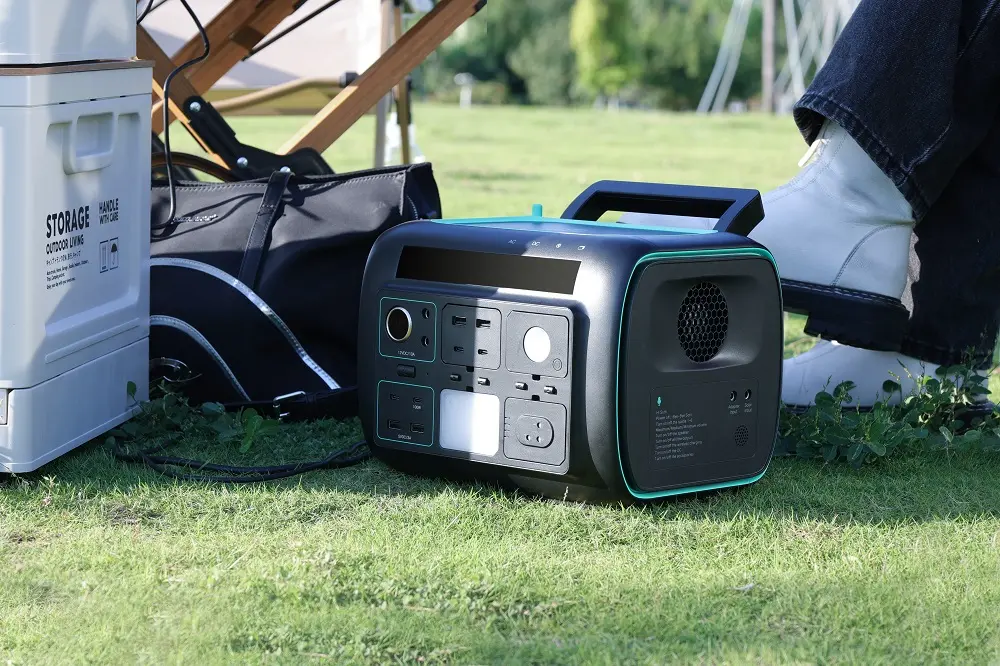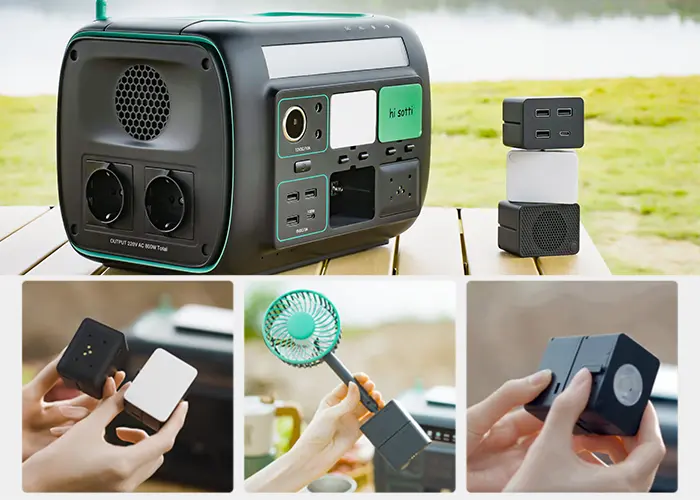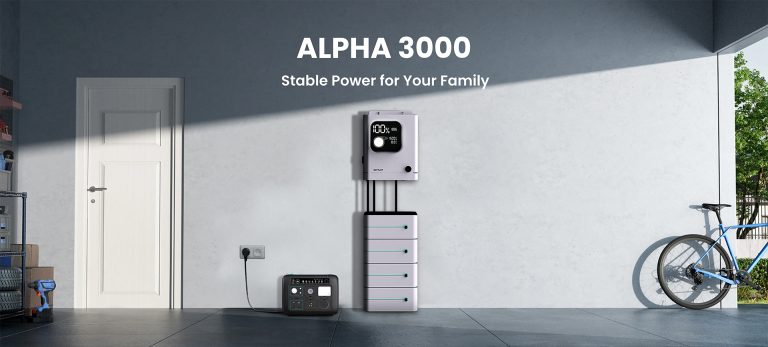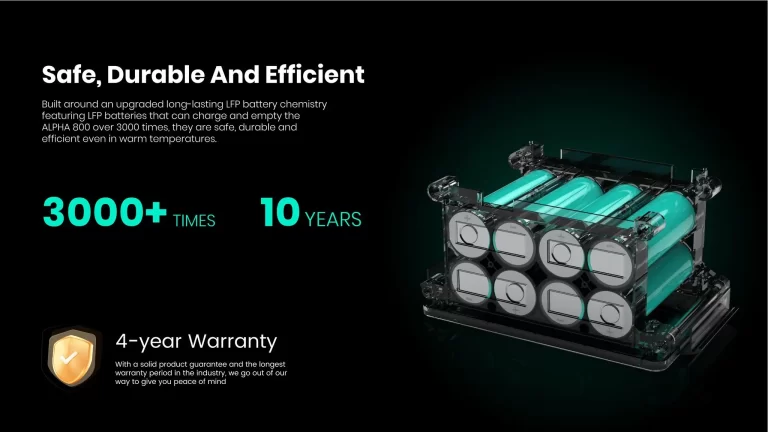Portable power stations generate some noise and heat when in use, which can impact user experience and safety. Understanding and addressing these issues is key to improving performance and quality.
The noise comes from internal fans and moving parts, as well as ambient sound. The noise level and frequency depend on factors like power, load, temperature, materials, structure, etc. More noise typically means less comfort and satisfaction, and it can affect hearing and mental health. When selecting a portable power station, consider:
– Choosing low-noise models: Look for options with noise levels below 40dB for minimal audible noise in quiet settings.
– Considering the usage scenario: Noisy settings like transportation hubs mask noise, while quiet settings like camping amplify it. Choose an appropriate noise level for where you’ll use it.
– Using reasonable methods: Higher loads and runtimes increase temperature and fan speed, boosting noise. Lower loads and runtimes reduce noise. Adjust usage based on needs, and let the station cool regularly.

Heat comes from the battery, electronics, and environment. Materials, design, fans, heatsinks and more impact heat dissipation. Better cooling improves performance and lifespan and reduces fire/explosion risks. When selecting a station, note:
– Efficient heat dissipation: Look for temperatures below 40°C. Above 60°C risks damage. Prioritize good materials, ventilation, heatsinks and fans.
– Storage location: Well-ventilated, cool spots improve cooling. Closed, hot spots worsen it. Choose a suitable location.
– Charging/discharging method: Rapid charging increases current, resistance and heat. Slow charging does the opposite. Use appropriate methods and gear to minimize heat.
By considering noise, heat, usage factors and design, portable power station performance, safety and quality can be optimized.



